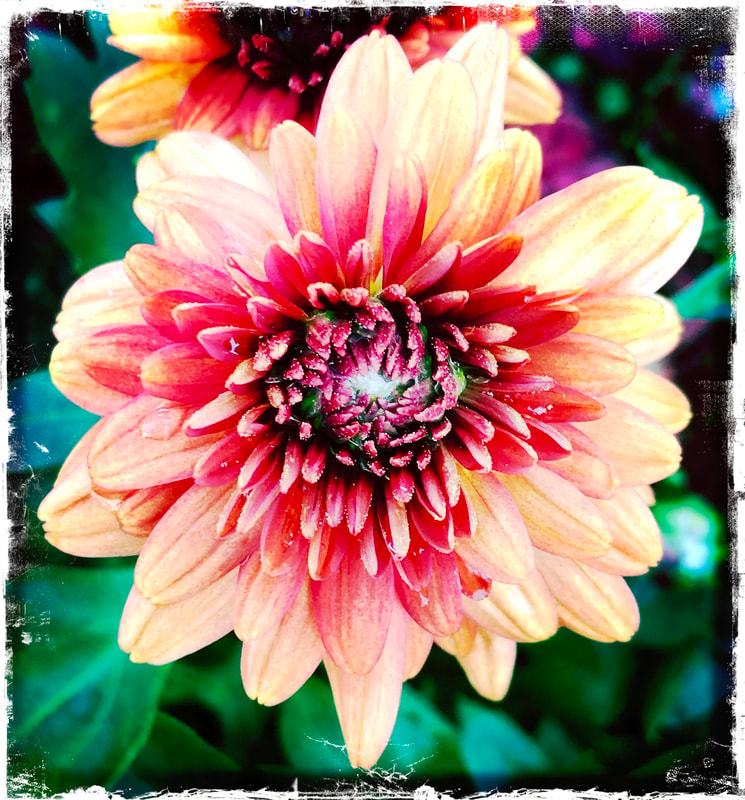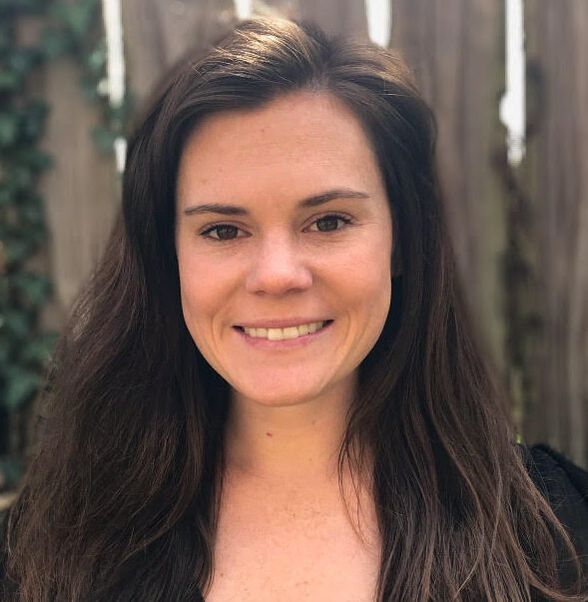ASSAY: A JOURNAL OF NONFICTION STUDIES
8.1
8.1
|
In the face of a world still reeling from the effects of the COVID-19 pandemic, teachers of creative nonfiction, narrative, and composition have a unique opportunity to infuse narrative medicine into writing curricula. Through training in critical reading and creative writing, narrative medicine (or health humanities, as it is sometimes called) is an approach to healthcare that values storytelling and creative expression as a means to improve care, promote healing, and empathize with the experience of illness. As James McAdams points out in the Fall 2020 issue of Assay, “literature and illness are inextricably linked” and we, as writing instructors, can teach students how creative writing functions “as both a therapeutic and reflective outlet” for making sense of the pandemic and its effects.
In this piece, I join McAdams in advocating for a turn to narrative medicine in approaches to writing instruction. Though I write primarily to those poised to inject narrative medicine into writing classrooms (even in our first-year composition courses), I do not forget those who might inject creative writing into their medical classrooms. Hopefully, both audiences will find value in my invitation to blend writing instruction with narrative medicine through critical reading and creative writing strategies. Such instruction has the potential to enrich student learning about not just writing or the COVID-19 pandemic, but also may provide a way to help students heal from the tragedies we individually and collectively experienced due to the pandemic. Certainly, if we learned anything from the past year, it is how vulnerable we all are to illness and how important it is to promote and prioritize healing. The stakes are high. In his piece, McAdams explains that “when the pandemic is over, an entire generation of healthcare workers will have stories to tell, and it’s our job as writers, professors, editors, and proofreaders to help them.” I agree with McAdams, but I will add that it is our duty to help not just the healthcare workers who have stories to tell, but also those storytellers who enter our classrooms or live in our communities. As teachers of writing, we can support, nourish, and cultivate this urge to tell those stories—through this piece, I invite you to consider how. This toolkit is organized by first, suggesting a few salient reasons for incorporating narrative medicine into writing courses. The following section then outlines the pedagogical pillars on which this toolkit was built, before describing the specific learning objectives of my narrative medicine course along with an overview of potential readings and writing prompts. The toolkit ends by offering some student testimony to the benefits of incorporating narrative medicine into writing courses. __________
Why should writing instructors consider narrative medicine? First, and as McAdams rightfully claims, reading and writing about illness can offer therapeutic effects for students grappling with the meaning of illness (Coret; Jones; Shapiro et al). But importantly, the study of illness narratives (both written by ourselves and others) can also raise students’ critical awareness of cultural and structural inequities in healthcare (Banner; Saffran; Metzl and Petty)—an invaluable learning opportunity that will undoubtedly serve students as they progress into adulthood. Later in this essay, I will offer some strategies for incorporating a focus on the cultural and structural inequities present in U.S. healthcare systems.
Of course, it is also worth mentioning that a focus on narrative medicine in our writing courses may invite more diverse students to enroll in our courses, including students from STEM fields. The great beauty of blending narrative medicine with writing instruction is that these courses draw students with diverse interests and career goals. In any one course, I may find myself teaching to future physicians, teachers, scientists, hospital administrators, social workers, artists, politicians—and these interdisciplinary classrooms often become a melting pot of potential change and influence in healthcare contexts. What better way to shift racist, sexist, ablest, heteronormative ideologies than by building coalitions of students equipped with the critical awareness to work against the grain in the institutions they will one day work? Eventually, these collectives will set research agendas, determine medical school admissions, create diagnostic tests and tools, write and deliver prescriptions—and even train future physicians. Investigating how we might incorporate narrative medicine into our classrooms is a potential investment in revolutionary change in the future. Moreover, these types of writing classrooms are an effort to ensure that students leave campus better prepared to engage with diverse populations in their future encounters with illness (either as care-giver or care-receiver—a title we will all invariably adopt for however long). One last valuable reason for incorporating narrative medicine into our writing pedagogies is that such an approach exemplifies the kind of pedagogy built on radical empathy that Stephanie Guedet advocates. Building off Jake Stratman, Guedet suggests, “educators today need to imagine classroom spaces that not only argue for abstract ideas, or that perpetuate the notion that learning is solely an individualistic (and economic) enterprise, but that create opportunities to engage in ideas with real people, and that invite students to explore empathetic concern and perspective taking (26). Narrative medicine offers one outlet to do so. Guedet describes her pedagogy of radical empathy as a classroom experience where students read and discussed stories by famous authors, but “they also told stories—stories about their lives that had meaningful connections to the stories from the authors we studied and from each other. Unlike in other discussion-based classrooms where students’ personal anecdotes are met with barely disguised eye-rolls, our class was a space where stories were not only encouraged but honored.” As will be made clear in the following section, the ability to honor—to bear witness to—the stories of others is a key feature of narrative medicine.
|
|
Brooke Covington is an assistant professor of English at Christopher Newport University, where she teaches courses in professional writing, civic engagement and social justice, and grant writing. As the academic director of Christopher Newport’s Center for Community Engagement, Brooke works closely with community partners, students, and faculty to support community-campus engagement projects in the Tidewater region of Virginia. Her current research project assesses how well narrative medicine techniques support healthcare workers in their search for healing from the effects of the pandemic. She holds a Ph.D. in Rhetoric and Writing from Virginia Tech.
|

